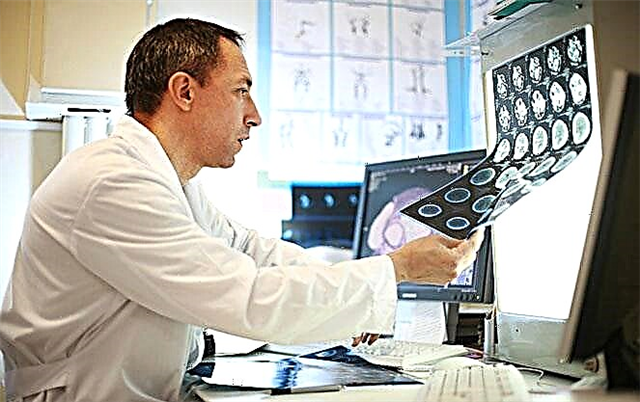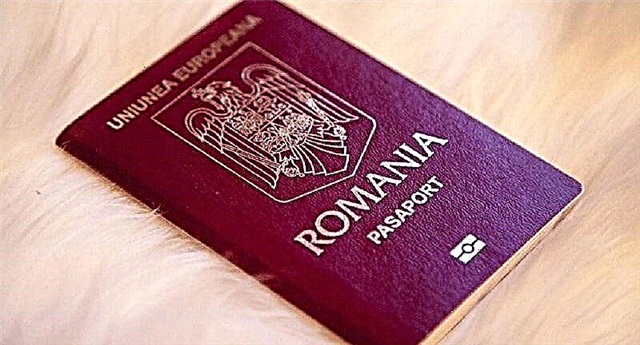Hospital Sant Pau in Barcelona is an important architectural monument and one of the oldest medical institutions in all of Europe. He celebrated the 600th anniversary of its foundation in 2001. The hospital is included in the UNESCO World Heritage List and now operates as a museum. The former hospital complex will amaze you not only with its vast territory, but also with the beauty of its architectural style combined with functional amenities. It is hard to believe that this amazing “city within a city” of many buildings, with its gardens, special water supply and church has been a hospital for many years.

A bit of history
The modern building of the Hospital Sant Pau was built in the 20th century by the outstanding figure of Catalan Art Nouveau, Lluís Domènech i Montaner, 1850-1923, but the treatment center was founded in 1401 and was located in the Raval area.
At the beginning of the 15th century, there were six small hospitals in Barcelona, which were founded by religious orders or individuals, and functioned mainly thanks to charitable donations from citizens. Gradually, many of these hospitals began to face financial difficulties, so it was decided to merge the six medical institutions into a single hospital called Santa Creu (El Hospital de la Santa Creu, Hospital of the Holy Cross).
After 500 years of activity, Hospital Santa Creu could not meet the needs of the ever-growing city of Barcelona and advances in medicine.
Therefore, in 1901-1930, a new medical center was built in Barcelona's El Guinardó district with funds bequeathed after his death by the Catalan financier Paú Gil. According to his will, the new hospital complex was to bear his name and be dedicated to St. Paul, as well as to combine the latest innovations in technology, architecture and medicine of the time. This is how the Hospital de la Santa Creu i Sant Pau was born.
Excellent architectural ensemble of the Hospital Sant Pau
Architect Luis Domenech took the best of modern hospitals in Europe to create the world's finest architecture in the design of the groundbreaking hospital. It was planned to build 48 pavilions on the 9 hectares of land allocated for the construction, but only 27 were built. Of these, 12 belong to the creation of a talented master, and the construction of the remaining 15 branches was completed by the son of Luis Domenech, Pere (Pere Domènech i Roura).

According to the project, the hospital was subdivided into the right part - five pavilions for men, and the left - 5 pavilions for women. The most visible part of the medical complex was built along the central axis - the administrative building, to the doors of which you can climb a beautiful flight of stairs.
In 2003, new buildings were erected to the north of the old buildings, and today there are already 48 beautiful buildings on the territory of the hospital.
St. Paul's Hospital amazes with its external architectural decoration. The pavilions are built of red brick, decorated with bas-reliefs, ceramics and amazing stucco moldings. The buildings are topped with domes and pointed towers.
Outside, on the administration building, you can see 16 large mosaics depicting episodes from the hospital's history. The courtyards are decorated with stone statues by the sculptors Eusebi Arnau and Pau Gargallo.
A bold decision, clearly ahead of that time, was to build a huge medical complex in the form of a series of separate pavilions on the sunny side, surrounded by gardens and connected by tunnels with a total length of over a kilometer. Natural light, good ventilation and the understated elegance of the decor made the new Hospital Sant Pau a unique place in the world that confirmed the importance of open space and sunlight for patient care.
Interior decor of the Sant Pau hospital
Admiration is also caused by the interior decoration of the office premises located in the underground part of the hospital. Here you can see unusual ornamental patterns, columns, interesting sculptures and mosaics, vaulted ceilings and unusual stained glass windows.
In 2009, it was decided to close the São Pau Hospital for restoration work and transformation into a major international knowledge center.
The reasons were the deterioration of buildings over the years, the great demand for inpatient treatment, and the complex complexes of the hospital could no longer meet modern requirements in the field of medicine and maintain the quality of patient care at the proper level. At the same time, the activity of the medical institution was transferred to a modern building, which was built in 2000 in the northern part of the territory of St. Paul's Hospital and fully meets the requirements of modern medical practice.

In this regard, it is rather difficult to see the interior of the entire San Pau medical complex. For 2021, the territory with the main administrative building and 10 buildings, which can be viewed endlessly, is well represented for tourists.
Useful information for tourists
Museum address: Sant Antoni Maria Claret, 167, 08025 Barcelona, Spain.
Working hours:
- from April to October - from 9.30 to 18.30 (Monday to Saturday), from 9.30 to 14.30 (Sundays and holidays);
- from November to March - from 9.30 am to 4.30 pm (Monday to Saturday), from 9.30 am to 2.30 pm (Sundays and holidays);
- the museum part is closed on January 1 and 6, December 25.
- free admission: February 12, April 23, September 24 and the first Sunday of the month (independent visits only).
Ticket prices:
- with a guided tour (conducted in English, French, Catalan and Spanish) - 19 €;
- independent visit - 14 €;
- audio guide - 3 €;
- for children under 12 years old accompanied by an adult, admission is free;
- group visit (no more than 30 people per group): 250 €.
For information and booking tickets, you can use the email address: [email protected]
Official website: https://www.santpaubarcelona.org
Best way to get to St. Paul's Hospital
You can get to the hospital by metro (line L5, Hospital de Sant Pau station; line L4, station Guinardó), walk from the Sagrada Familia along Gaudi street (avenue Gaudi) or take bus no. 8, 19, 20, 45, 47 , 50, 51, 92, 117, 192.
Other popular attractions in Barcelona

When planning a trip to Spain, be sure to visit Barcelona - a treasury of art and amazing architecture, a true tourist gem. There are a lot of interesting places here, but it is worth highlighting the most famous sights that are certainly worthy of your attention:
- The Sagrada Familia or Sagrada Familia is a beautiful and majestic creation by Antoni Gaudi.
- Park Guell is another creation of Antoni Gaudi and a monument of national importance.
- Guell Palace.
- The Gothic Quarter is an example of Catalan architecture and an open-air museum.
- Montjuïc Hill is an amazing complex of attractions, which should be allocated at least one day to explore.
- The old port is a great place to go for a walk or go shopping.
- Picasso Museum - introduces the work of the founder of Cubism, Pablo Picasso, where more than 3500 works of the famous artist are presented.
- Rambla is the most famous street in Barcelona with all kinds of souvenir shops, pastry shops, flower sellers, and real mimes entertain tourists.
- The Magic Fountain is an amazing combination of water, light and music that can be admired in the evening.
- Museum of Catalan Art.
- Casa Batlló is an unusual and memorable building made by Antoni Gaudi.
- The Palace of Catalan Music is an architectural masterpiece of Luis Domenech in the Art Nouveau style.
- Cathedral of the Holy Cross and Saint Eulalia - made in the Gothic style and amazes with its grandeur.
Conclusion
Currently, the World Health Organization, the UN University, the European Forest Institute and others work on the territory of the Sant Pau hospital. The administrative pavilion, as the main building of the historic Sant Pau, has been transformed into a modern complex of multifunctional rooms that combine the artistic richness of Luis Domenech's architecture and design with modern technical means. Social, cultural and business events are held within the walls of modernism and modernity.
The Historical Archive, which occupies new premises in the Administration Pavilion, is one of the most important of its kind in the modern world. It contains an exceptional collection of documents, both in its antiquity and in the duration of storage, in which most of the history of Catalonia and Barcelona is recorded for more than 600 years.
The archive has a reading room, an information and reprographic service for users and researchers. It also offers the opportunity to organize group visits to learn more about this major documentary collection.











